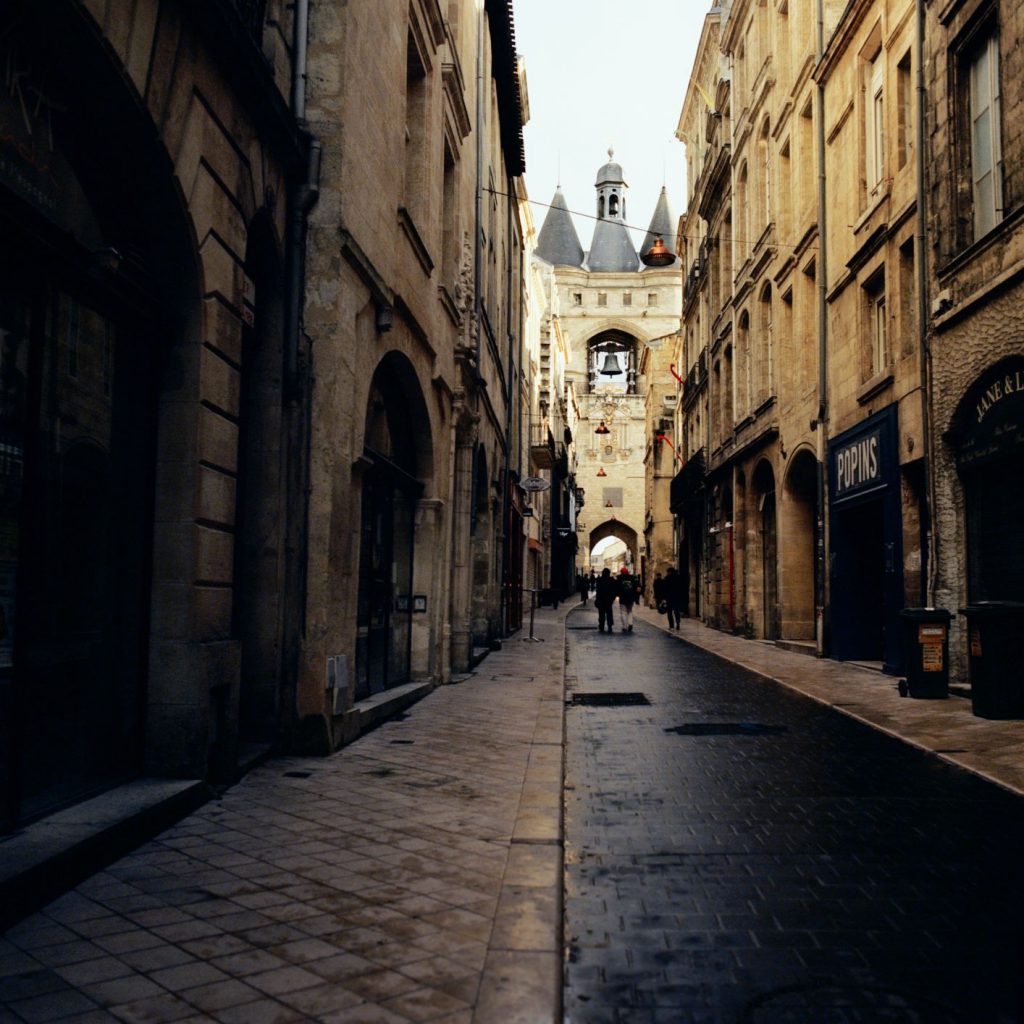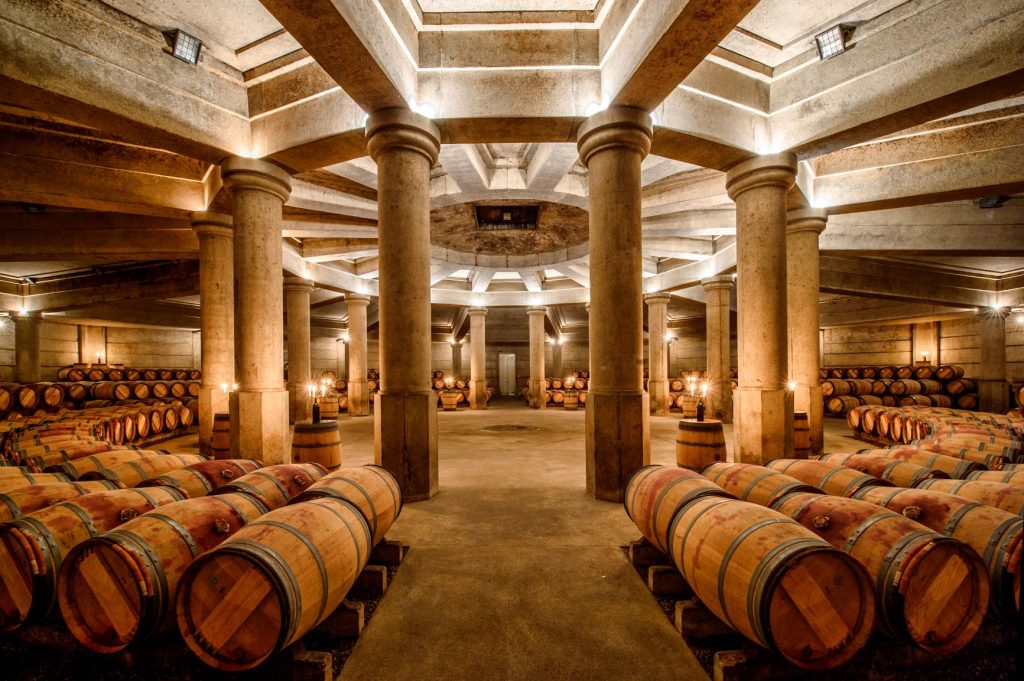Expert advice on visiting Bordeaux
Author: Emily Miles

This evening, the UK’s school children will be delightedly contemplating the long summer ahead. But, for many of us, our dream holiday isn’t yet possible. If you’re pining (or planning) for international travel, we have a bit of escapism at hand. Here, we talk with Adam Stebbings, of luxury wine travel company SmoothRed, about why Bordeaux is the perfect wine destination.
Adam’s family has been rooted in the wine industry for many generations, importing wines from Bordeaux. Inspired by his twin passions of wine and travel, he founded SmoothRed in 2004.
The company’s raison d’etre is putting together bespoke itineraries for vinous tours of the world’s finest fine wine spots. Here, he shares a few gems about what to see, eat, drink and enjoy when in Bordeaux.
There are many beautiful wine regions in the world – why visit Bordeaux?
My clients travel all over the world, but always come back to Bordeaux. It’s iconic. You’ve got 10,000 châteaux split across the various appellations. And there is so much depth to explore: the Left Bank versus the Right Bank; microclimates; the different classifications – it’s hard to beat. People are always surprised by the size of Bordeaux: going from the city up to St Estèphe takes the best part of an hour and a half – it’s massive! And the sheer size of the properties on the Left Bank versus the smaller family domaines on the Right Bank.
If you’ve only got two nights, you’ve got to be pretty focused about what you want to get out of a trip.
What do I need to know about planning my itinerary?
This isn’t Napa – you can’t just nip into five properties in a day; you’ll need to be a bit more planned, and know what time you’re able to visit the estates you’re interested in. And of course, not all of them are open to visitors. Remember to talk to the properties you’re hoping to visit in the week, not at weekends. Planning a month or so in advance is ideal because properties don’t have long-lead calendars. Also, not all properties are open to visitors, and the experiences on offer can be very variable: some have more tourist-focused generic tours, while some have really wonderful hosts that bring the châteaux to life.
Often, it’s a question of relationships with the property: some of the experiences are the type that “money can’t buy”. This is where we’re really able to help clients plan their dream experiences – from long lunches to intimate tours. Things are done in a very Bordelaise way.
Where are your favourite places to go?
Ch. Brane-Cantenac has to be a favourite. Also Ch. Troplong Mondot – they have a couple of Land Rovers and we can drive out into the vineyards and do wonderful picnic lunches there with a chef. Ch. Haut-Bailly is wonderful for lunches. And we can organise incredible vertical tastings at Ch. Les Carmes Haut-Brion.
I’m a big fan of Ch. Pontet-Canet and have had wonderful tastings there over the years. Personally speaking, lunches at Ch. Pichon Lalande really stand out. We know them well, and in the past, I’ve been fortunate to have the keys to the cellar there to select the wines we’ll enjoy.
Ch. Lafite is amazing – an iconic, wonderful place to visit, but you need to be flexible in terms of arranging a visit.

What’s the best bit of advice you can give, and what would a typical trip look like?
Don’t rush it. You’ll need three nights to really experience Bordeaux. Imagine, on day one, flying into the Médoc: I’d advise starting in, say, Cos d’Estournel or somewhere in the north, and working your way back down through Pauillac and Margaux. Again, take your time: you want to see the port in Pauillac and experience the places you’re in. Then finish the day in Bordeaux with a big dinner in the evening.
The following day, we’d be up early over to the Right Bank – perhaps doing Pessac on the way, and then work through the Right Bank. Don’t rush St Emilion – take some time in the vineyards, but also in the town itself. There’s so much on offer. We can help by handpicking your châteaux, restaurants and hotels to make it a seamless experience.
What’s the one thing I should eat on my trip to Bordeaux?
The canelé is one of the specialities of Bordeaux, linked to the history of the city and its wines, as the pastry is made of egg yolk (the white was used in the wine for clarification). Historically, châteaux would use the yolk for making this little cake. It is perfumed with rum, vanilla and sugar cane – another link with the past. Bordeaux’s port received imported goods from the Caribbean islands; a good place to enjoy them is Café Baillardran.
Also, duck in its various iterations – from magret de canard to confit de canard – is always a must in the South-West. I also like to include oysters, given Bordeaux’s proximity to Arcachon and Cap Ferret.
If you’re keen to try an old-school Bordeaux speciality, la lamproie à la Bordelaise (lamprey eel) is a devilishly unique and historic dish! Be warned, this is not for everyone and the preparation itself is quite gruesome.
Can you recommend a spot for drinks?
I love my cheese, so Baud et Millet is always good fun for a homely pairing experience, and the atmosphere is unmatched.
Aux Quatre Coins du Vin and Le Wine Bar are always great for a glass or two with excellent charcuterie plates. Rue Saint-Rémi in the city centre and the Place des Chartrons are certainly worth exploring.
Which is your favourite hotel when you want more than just a base?
Hôtel de Sèze is our favourite four-star boutique and it’s ideally central for exploring the city, or the Grand Hotel if you are looking for a luxury five-star option. Or, if you think you might prefer a vineyard stay, what about Les Sources de Caudalie? It’s owned by the Cathiard family (they also own Ch. Smith Haut Lafitte opposite the hotel).
What about a go-to store for some retail therapy?
La Maison Badie is very good for wine, founded in 1880 by Madame Badie in the sumptuous 18th-century building close to Place Tourny.
Rue Notre Dame in the Chartrons district is well known for boutiques and antiques if you’re looking to unearth a treasure.
Is there an experience that everyone should try before heading home?
While Bordeaux is a delight to discover on foot, taking the tram is also very easy. I suggest wandering down to the river in the morning to the Place de la Bourse and taking the riverboat to La Cité du Vin, a multi-experiential wine museum that tantalises the senses. Just in front of it, you’ll find Les Halles de Bacalan, a great spot for Sunday brunch after your visit.
If you’re interested in planning a trip to Bordeaux – or beyond – get in touch with Adam here.



Very informative- thank you
Well written piece.